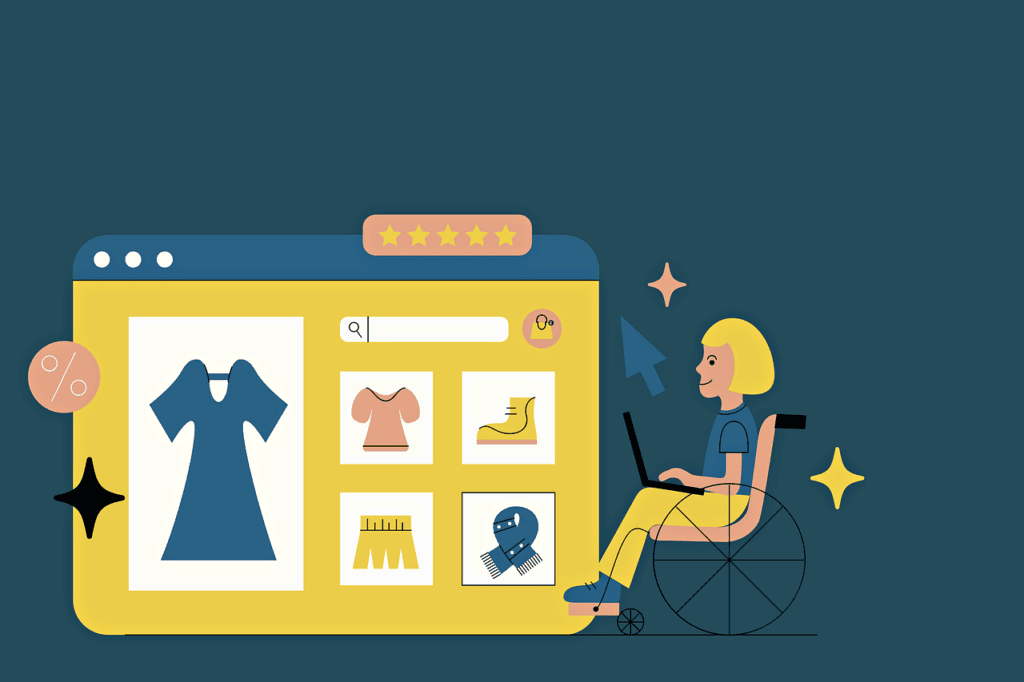We live in a world that is dominated by e-commerce, with a growing number of people choosing to shop online. Rather than visiting brick-and-mortar shops, many shoppers are embracing the convenience and ease of online shopping. It’s easy to see why, and the popularity of online shopping won’t come as a surprise to anyone. Instead of sitting in traffic and traipsing around a shopping centre, online shopping can be done from the comfort of your sofa. In-store shopping requires planning and time out of your day, whereas online shopping can be done at any time and from anywhere.



